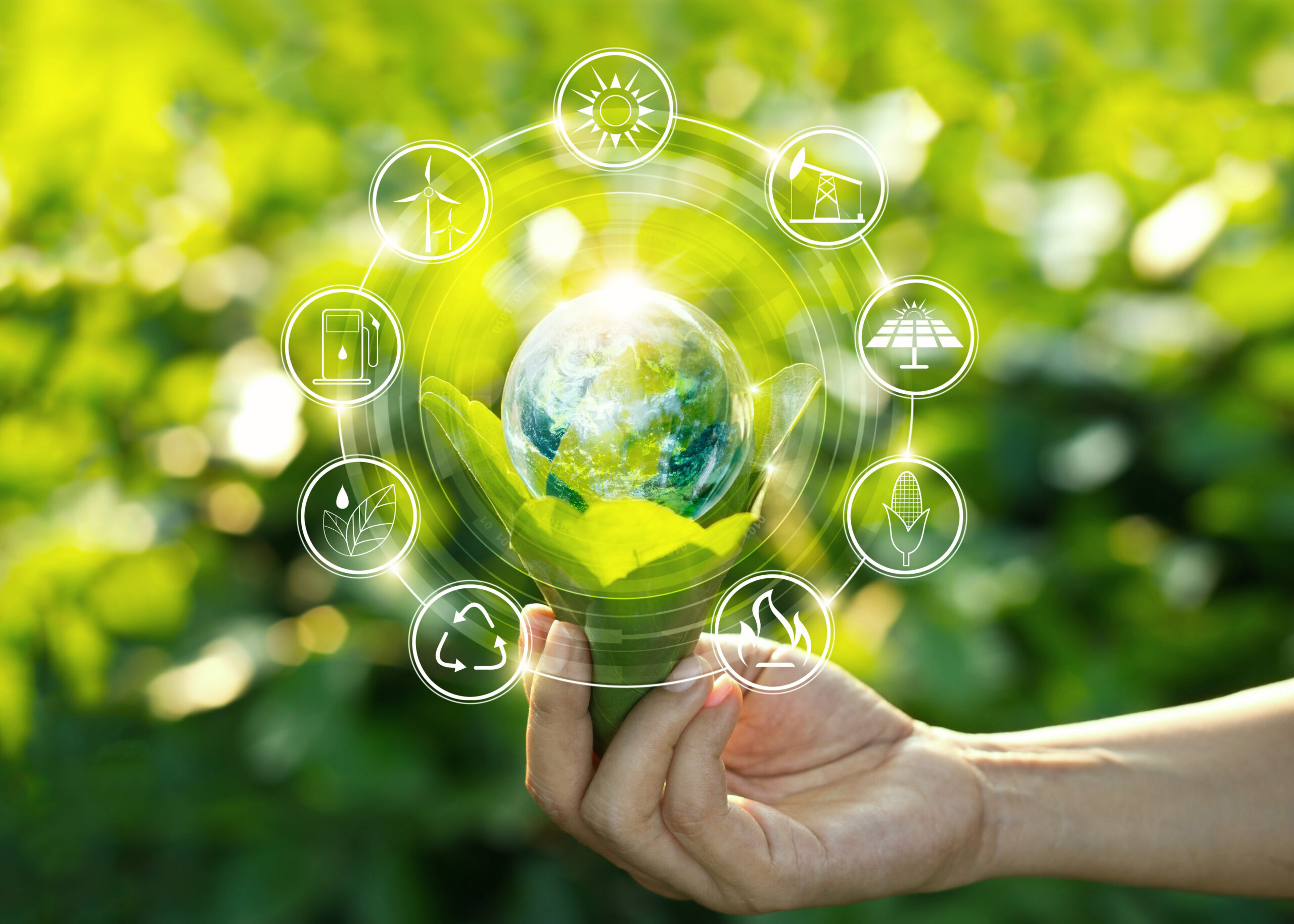
It is an exciting time for the energy sector to transition to green energy sources with a plethora of growth and opportunities. The Australian Renewable Energy Agency (ARENA) have already invested $1.77b in renewable energy projects and advance renewable energy technologies in Australia. Despite the International Energy Agency’s forecast that the world’s total renewable-based power capacity will increase 50% between 2019 and 2024, developers and investors still need to consider the risks when entering these new industries.
The ‘Going green’ series will cover:
Part 1: The energy transition;
Part 2: Australia’s regulatory & enforcement framework in energy;
Part 3: The Hydro-Boom & industry specific challenges; and
Part 4: Key considerations in energy disputes.
Going green
Renewable energy sources are often called ‘green’ because they generate energy without releasing carbon emissions. As Australia aims to achieve net-zero carbon emissions by 2050, the energy sector has a unique opportunity to unlock new industries, such as hydrogen, by building on our national technological advantages, existing energy infrastructures, export capabilities and strong relationships with key international markets.
Net-zero emissions means that human-caused greenhouse gas emissions must be removed from the atmosphere through reduction methods. Origin Energy have already begun this transition with approximately 14% of the electricity grid in Australia’s National Electricity Market (NEM) already being generated by green energy.
Andrew ‘Twiggy’ Forrest, the founder of Fortescue Metals, is committed to the energy transition, saying he plans to produce 15 million tonnes of renewable green hydrogen annually by 2030 and increasing to 50 million tonnes per annum thereafter.
However, the answer to net-zero emissions, isn’t to stop mining iron ore (which is critical to the production of steel and to humanity) rather the answer is ‘green’ iron ore and steel, made using green zero-emissions energy.
Green hydrogen industries have been estimated to be worth as much as US$12 trillion (AU$16 trillion) by 2050. Due to Australia’s significant natural resources, including coal, gas, we have a unique opportunity for low-emission or zero-emission energy products to be exported around the world.
Green projects and investments
Hydrogen has the ability to decarbonise large sectors of the global economy. The most promising use cases include hydrogen as a low or zero carbon source of fuel for cars and heavy transport, as feedstock gas for chemical chains and refining, and as fuel for steel production and similar industries.
Australian energy infrastructure company, APA Group, is also committed to the energy transition through hydrogen. APA plans to convert an existing 43-km gas pipeline in Western Australia into a hydrogen transmission pipeline by late 2022. The $3m project will supply customers with ready to use hydrogen for industrial processing.
The APA Group Executive for Transformation and Technology says that “While gas will continue to play a critical part in our nation’s energy mix, APA also understands that there are opportunities in supporting the development of technologies that can support Australia’s transition to a low carbon economy.”
Rio Tinto also are investing funds into research on the use of renewable hydrogen to partially decarbonise alumina refining at Rio Tinto’s Yarwun refinery in Gladstone, Queensland. Decarbonising alumina refining will require developing an alternative low emissions pathway to calcine alumina hydrate.
As more investors and companies gain a greater understanding of low-carbon emissions resources and confidence in new technologies, there will be a greater transformation to renewable energy sources such as hydrogen, wind and solar. In some countries the cost of solar and wind alone have become cheaper than traditional high-carbon energy resources.
Legal Challenges
‘Going green’ in order to meet the 2050 target will present opportunities but also many challenges. Delivering new technologies to the market via construction projects of this scale requires considered legal and strategic approaches.
Currently, the Australian regulatory framework for the development of specific hydrogen projects has still not yet been fully developed. This uncertainty may place developers and investors in an unfavourable position.
When entering new energy industries, such as hydrogen, developers and investors should consider:
- The suitable expertise required in terms of contracting parties to build new energy infrastructure or transition technologies and ensure appropriate contractual warranties are provided;
- The special characteristics of the new energy source in terms of construction laws and allocation of project risk; and
- Risks associated with security provisions as financiers are likely to seek greater level of protections.
Lamont Project & Construction Lawyers
Our Team have the industry knowledge and experience to assist both Principals and Contractors in all major projects, including the energy sector. If you would like to discuss any matters raised in the above article or the forthcoming series as it relates to your specific circumstances, please contact Lamont Project & Construction Lawyers.
The contents of this article is for information purposes only; it does not discuss every important topic or matter of law, and it is not to be relied upon as legal advice. Specialist advice should be sought regarding your specific circumstances.
Contact: Peter Lamont or Natalie McNeill
Email: [email protected] or [email protected]
Phone: (07) 3248 8500
Address: Suite 1, Level 1, 349 Coronation Drive, Milton Qld 4064
Postal Address: PO Box 1133, Milton Qld 4064
